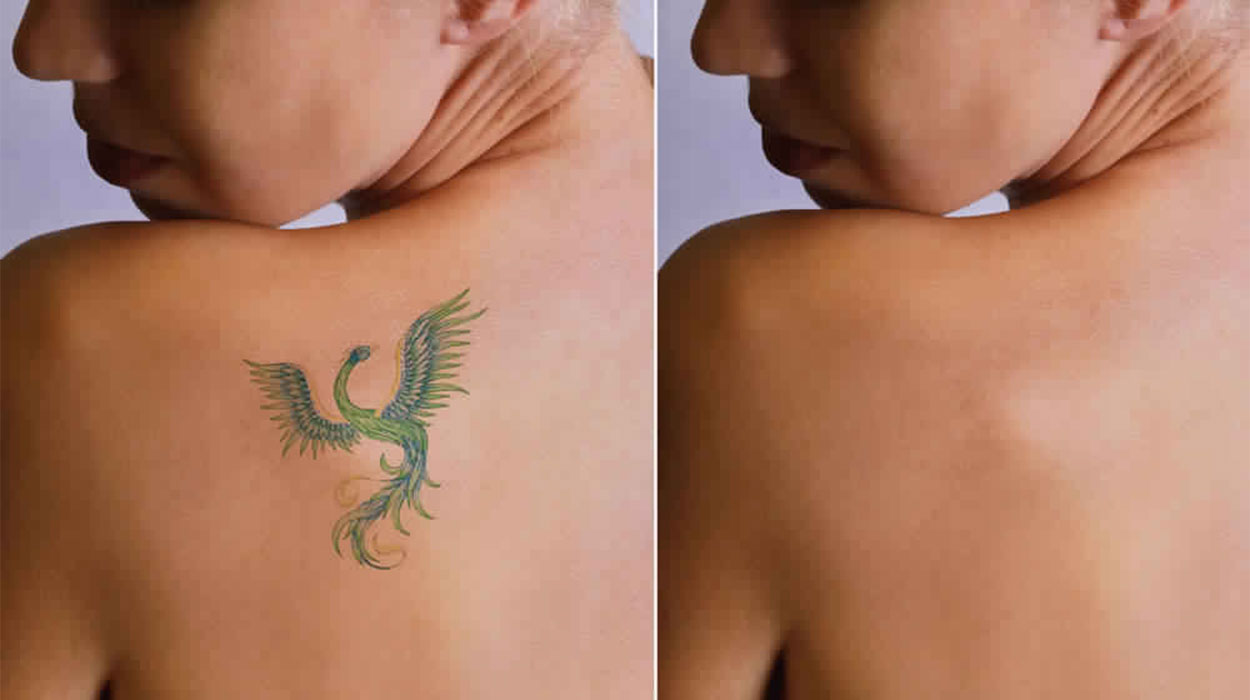According to WebMD, 30% of people in the U.S. have at least one tattoo, and half of all millennials have one. But not all of them are happy about their decision. As many as 25% of those with a tattoo say they regret getting it, so laser tattoo removal is a service that you should consider offering in your spa.
How It Works
Laser tattoo removal can significantly diminish the appearance of unwanted tattoos. Laser treatments treat the pigment in the tattoo by breaking up the pigment colors with a high-intensity light beam. However, it’s important to remember that tattoos can never be fully removed and usually leave scarring.
Who Can Perform the Procedure?
Most states do not require tattoo removal clinic owners or laser operators to have medical credentials. In fact, non-medical personnel make up the bulk of individuals active in the laser tattoo removal industry. There are a few exceptions to this rule, but the most common regulations include some combination of the following requirements:
- Use of an FDA-cleared device for the removal of tattoos.
- A physician medical director affiliated with the practice.
- A certified laser operator with at least 16 hours of hands-on training.
- A laser operator with laser safety training and certification.
To this end, it’s important to research your state’s guidelines before deciding to offer laser tattoo removal.
Number of Treatments
The number of treatments a client will need depends on the age, size, and color(s) of the tattoo. The color of the client’s skin, as well as how deep the tattoo pigment goes, will also affect the removal technique. Black tattoo pigment absorbs all laser wavelengths, making it the easiest color to treat. Other colors can only be treated by selected lasers based on the pigment color.
Follow-Up Care
Laser tattoo removal is uncomfortable, but most patients don’t need anesthesia. Depending on the location of the tattoo, the clinician may want to apply a topical anesthesia cream beforehand. Immediately following the treatment, use an ice pack with a protective barrier to soothe the treated area, and apply an antibiotic cream and bandage to protect it. You should also be sure the area is covered with sunblock if the client goes outside.
Other Things to Consider and Share with the Client
- The tattoo removal site is at risk for infection and there is a slight chance that the client will have a permanent scar.
- It’s unlikely that the tattoo will be completely removed. In many cases, certain colors may be more effectively removed than others. Blue and black tattoos, for example, respond well to laser treatment.
- The client may end up with hypopigmentation, which means the skin that is treated is lighter than the skin surrounding it. The client could also have hyperpigmentation, which leaves the affected skin darker than the rest of the skin.
- Cosmetic tattoos like lip liner, eyeliner, and eyebrows may get darker after treatment. However, they tend to fade over time.
Finally, since tattoo removal is a personal option in most cases, most insurance carriers won’t cover the process unless it is medically necessary. If you decide to offer laser tattoo removal, be sure to discuss the associated costs with the client upfront and use a client consent and release form approved by your insurance company.

